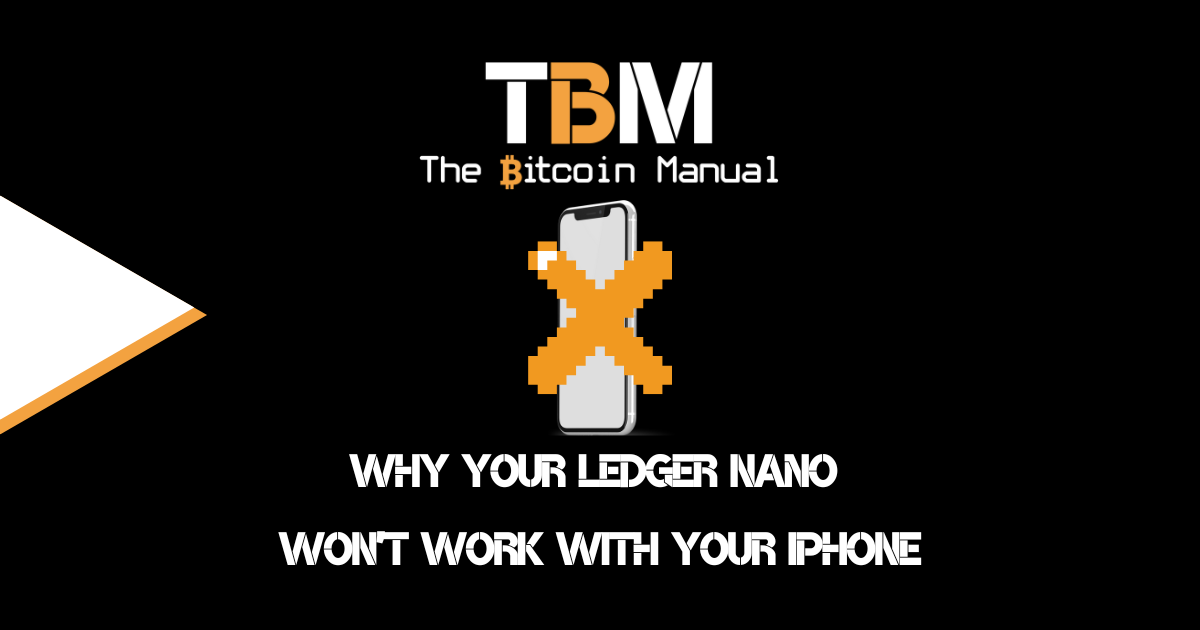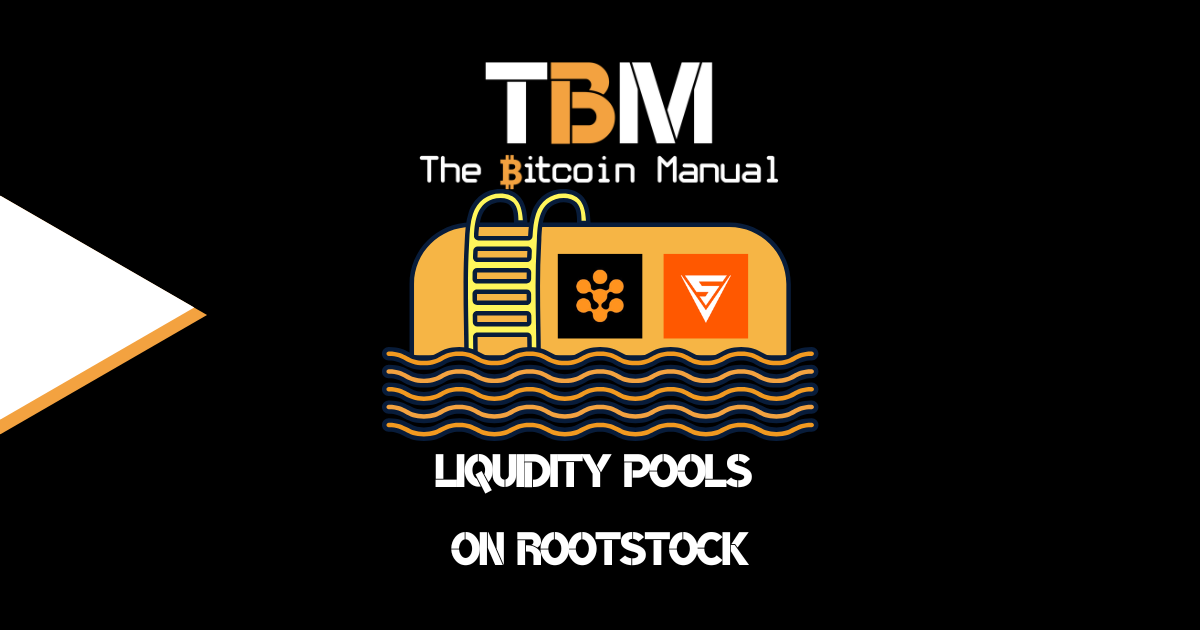As the internet has matured and become a mainstream channel for exchanging value, many of us have leapt to eCommerce and familiarised ourselves with online interfaces, like banking websites or mobile apps, that allow us to send and receive funds.
Today, we manage our balances from our laptops or phones. We see the balance increase when we get paid and decrease when we spend money or automated payments go off.
This is the extent of the modern banking experience.
Behind the scenes, the various custodians involved handle the complexity of debiting and crediting different accounts, and we are none the wiser.
In this new world of digital bearer assets where transactions settle on the blockchain, modern wallets offer a similar experience; we can see balances increase when we receive Bitcoin and decrease when we send Bitcoin.
But Bitcoin is not a custodian; when dealing with on-chain payments, you interact directly with the network and the protocol, so understanding UTXOs and their relationship with the funds is critical to efficient asset management. When you use Bitcoin, you are responsible for your funds and how they are held and managed.
UTXO, the Unspent Transaction Output
A UTXO or (Unspent Transaction Output) is the technical term for the funds in your wallet; while you might only be concerned with the total balance, your balance can be made up of 1 or several UTXOs depending on how many times you used the chain to receive or send funds.
Think of a Bitcoin UTXO as a physical representation of an amount; similarly, you could hold $100 of value as a single note, five notes of $20 or ten notes of $10 each; your Bitcoin balance can comprise various UTXOs.
You could have 0.1 Bitcoin (10 Million Satoshis), and this balance could be made up of 1 UTXO worth 10 million Satoshis, 5 UTXOs of 2 million Satoshis or 10 UTXOs of 1 million Satoshis.
Regarding spending, UTXOs work similarly to physical cash, unlike the accounting method we’re used to with digital payment methods.
Imagine buying an $8 pizza with a $10 bill. You could have paid with a single $10 bill or two $5 bills, and you would receive a $2 change.
In Bitcoin, you would spend the $10 as a transaction input to purchase the pizza. That UTXO would be split into the $8 you need to pay, and you would receive a $2 change as a new UTXO, waiting to be used in future transactions.
Each Bitcoin transaction creates new UTXOs and spends existing ones, building a chain of digital breadcrumbs on the blockchain. If you don’t care how you structure transactions, the more you use Bitcoin to send and receive payments, the more UTXOs you’ll create and the more data you will be using on-chain, data that requires more block space.
The UTXO model at work
Think of UTXOs as individual coins in your Bitcoin wallet, and you can choose to have a balance of a bunch of smaller UTXOs or fewer larger UTXOs.
Depending on the composition of your wallet, spending a particular amount might require combining one or several UTXOs with a total value exceeding the desired amount, and the remaining “change” from this spending becomes a new UTXO.
This granular system offers advantages like:
- Cost of data use: Each UTXO represents an individual amount and has associated data costs. However, if you don’t compile your transactions effectively and use your default wallet settings, you could create costlier future UTXOs over time.
- Fine-grained control: You can spend specific UTXOs, allowing for strategic financial manoeuvres.
- Creating lightning channels: You might want to have a certain size of UTXO to meet liquidity needs easily and create channels with various peers.
- Privacy concerns: Multiple small UTXOs can come in handy when trying to anonymise transactions. They can help by obscuring the origin of funds and only spending specific UTXOs in particular amounts.
Consolidation: Tidying up your digital coin purse
Over time, your wallet can accumulate numerous small UTXOs, often from dust payments or frequent trades. These smaller UTXOs can inflate transaction fees as each UTXO adds data to the blockchain or renders certain amounts unspendable as dust.
Coin consolidation involves combining multiple UTXOs into fewer, larger ones. To do this, you can send the entire amount of your wallet to a new public address you own, but you want to be mindful of fees. It is advantageous to do this with a minimum fee during periods of low network load (1 satoshi per vbyte).
Remember, the lower the fee you’re willing to pay, the longer the time to confirm; this is the trade-off you make, whether you opt for speed or cost. Since coin consolidation is hardly ever urgent and more of a housekeeping exercise, you can feel comfortable waiting for your transaction to be confirmed.
If you want to keep your on-chain costs to a minimum, consider using layer two solutions like the Lightning Network or a sidechain like the Liquid Network. These layers will allow you to spend more granular transactions without worrying about future costs and can be used as your spending layer with your on-chain wallet, which is only used to fund or defund your layer two wallets.
Layer two solutions also allow you to stack smaller amounts of Bitcoin until such a time when you feel it’s worthwhile moving on-chain with a more practical size.
Coin consolidation considerations
When looking to spring clean your wallets UTXOs, be mindful of the following:
Reduced transaction fees
Fewer UTXOs mean less data, translating to lower fees when spending more inputs you have; the higher the fee for sending transactions from your wallet will be.
Simplified wallet management
A cleaner wallet with fewer UTXOs is easier to navigate and understand.
The flip side of consolidation
While beneficial, coin consolidation has its downsides:
Loss of granularity
You lose the ability to spend specific UTXOs for targeted transactions, and you will end up creating change transactions that you might need to clean up in the future.
Reduced privacy
Merging small UTXOs makes it easier for on-chain analysis to follow you around as you spend larger transactions and create change; it gives away how much funds are left in your wallet.
For example, if you had 1 Bitcoin in your wallet as a single UTXO, spending 10 million sats and receiving 90 million satoshis as change gives away how much funds are in your wallet.
Transaction complexity
Creating a consolidation transaction requires careful planning and potentially higher fees.
Coin Control: Mastering the UTXO Art:
Coin consolidation shouldn’t be something you need to do regularly if you’re taking note of how you create UTXOs, and picking from your current set should be your first point of action.
This is where coin control comes in.
If you’re not using a wallet with coin control, you’re at the mercy of their UTXO policy, which might be better for your unique needs. Instead, consider restoring your seed phrase to a wallet that offers coin control so you can strategically select which UTXOs to spend, maximising efficiency and privacy.
- Prioritise small UTXOs: Spending smaller UTXOs first minimises their impact on future transaction fees.
- Balance granularity and privacy: Choose UTXOs for a desired spending amount while considering the trade-off in anonymity.
- Minimise change outputs: Aim for transactions with minimal UTXO change to reduce future fee burdens.
Coin consolidation or CoinJoin?
Coin consolidation should be carried out thoughtfully. While the key benefit is reducing fees for future transactions, it might affect other transactions you would like to make. For instance, consolidating UTXOs immediately after a CoinJoin transaction could compromise the privacy gains from mixing coins.
Keep an eye on your coin purse.
I know I’ve given you a lot to think about, but you signed up for this when you decided to become your own bank. If you are planning to hold and use Bitcoin, you better get used to these terms and techniques or pay the price in mining fees or lose privacy.
By understanding the intricacies of UTXOs and mastering coin control and consolidation, you can navigate the Bitcoin landscape with efficiency, privacy, and a touch of digital finesse.




